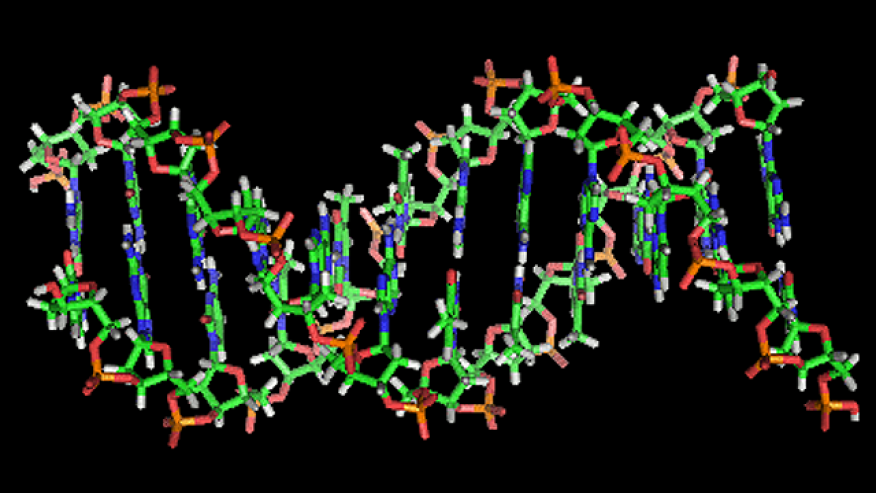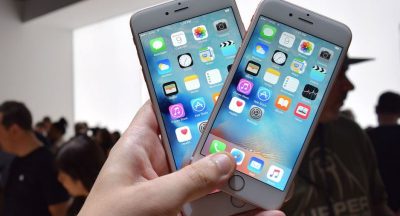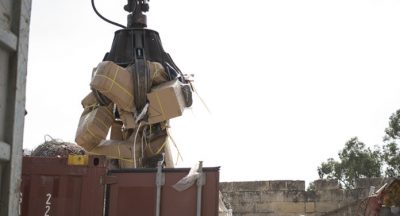
Military Uses DNA to Tackle Counterfeit Gear
Cutting corners with substandard or counterfeit electronics won’t be as easy for suppliers whose parts end up with the U.S. military, as the Department of Defense turns to DNA “barcodes” to track components. In the next month, certain kinds of electronic components sold to the military will have to be tagged with an artificial DNA sequence, which will, its designers say, make it well nigh impossible to ship a fake piece of equipment. For the military it’s a big issue, because the chips that go into a fighter jet, helicopter or infrared night vision goggles are built to exacting specifications. If the circuits don’t work, a plane might not fly — or worse, fly with a malfunctioning piece of vital equipment. In November 2011, a Senate Armed Services Committee investigation found 1,800 instances of suspect parts, and the committee grilled contractors about their supply chains. Stony Brook, N.Y.-based Applied DNA Sciences, working with the Defense Logistics Agency, offered a solution that was originally applied to textiles: plant DNA. The DNA is incorporated into the ink that gets printed on the top of the chip. Shining a laser light on it makes it fluoresce, or glow, so it’s easy to see that the chip was tagged. But that isn’t all: the DNA tags can’t be duplicated – at least not easily – so it’s a pretty good indicator that the component came from the right factory. The reason it’s so hard to copy is the nature of DNA sequencing. DNA sequences are made of four different molecules: adenine, guanine, cytosine and thymine. They can only be connected in pairs, called base pairs, that are written as GC or AT. The base pairs line up to make the familiar double helix of DNA. To sequence DNA, one has to “amplify” it – basically dissolving it in a solution and then adding chemicals to make the sequences duplicate themselves. In a living organism, DNA sequences come in certain patterns – the placement of GC and AT molecular structures are not random. When they are sequenced, a scientist can figure out what order they are supposed to be in. From there, she can say what proteins the DNA codes for. Applied DNA Sciences took the base pairs and scrambled them so that the order is essentially random. With enough base pairs, it yields millions of possible combinations. “We’ve assembled it to break all kinds of natural law,” said Karim Berrada, director of DNA formulations at Applied DNA Sciences.The number of possible combinations is quite large even for a small number of base pairs: For any bit of A, G, C, or T there are four possibilities for the molecule connected to it, so a string of, say, ten bases would have just over a million possible combinations. Berrada noted that a string of 100 base pairs have on the order of 10 to the twenty-third power arrangements.If one were to try and sequence it without knowing the proper order of base pairs, the results would be meaningless.Rory King, director at IHS iSuppli, noted that while it’s a great technology, it isn’t clear what kind of a dent it will make in the market for counterfeit consumer electronic gear, since the military makes up a relatively small part – about 1 percent — of the market. But it does help address the problem of counterfeiters using the same distribution system as legitimate manufacturers.“It gets to the issue of authentic and quality product,” King said.
http://www.foxnews.com/tech/2012/11/05/military-uses-dna-to-tackle-counterfeit-gear/
Related Posts
Global economy loses $6b annually to counterfeit mobile phones
While the global economy loses about $6 billion annually to the menace of...
iBan? Iran wants to put an end to iPhone smuggling by banning product altogether
Regardless of whether it’s through the use of Twinkies boxes, slingshots,...
Four containers found with counterfeit goods at Freeport Terminal.
Containers filled with counterfeit goods have been discovered by members of the...
Massive crackdown on fake jewellery and watches in Qatar
Consumer Protection Department (CPD) has launched a massive crackdown on...





